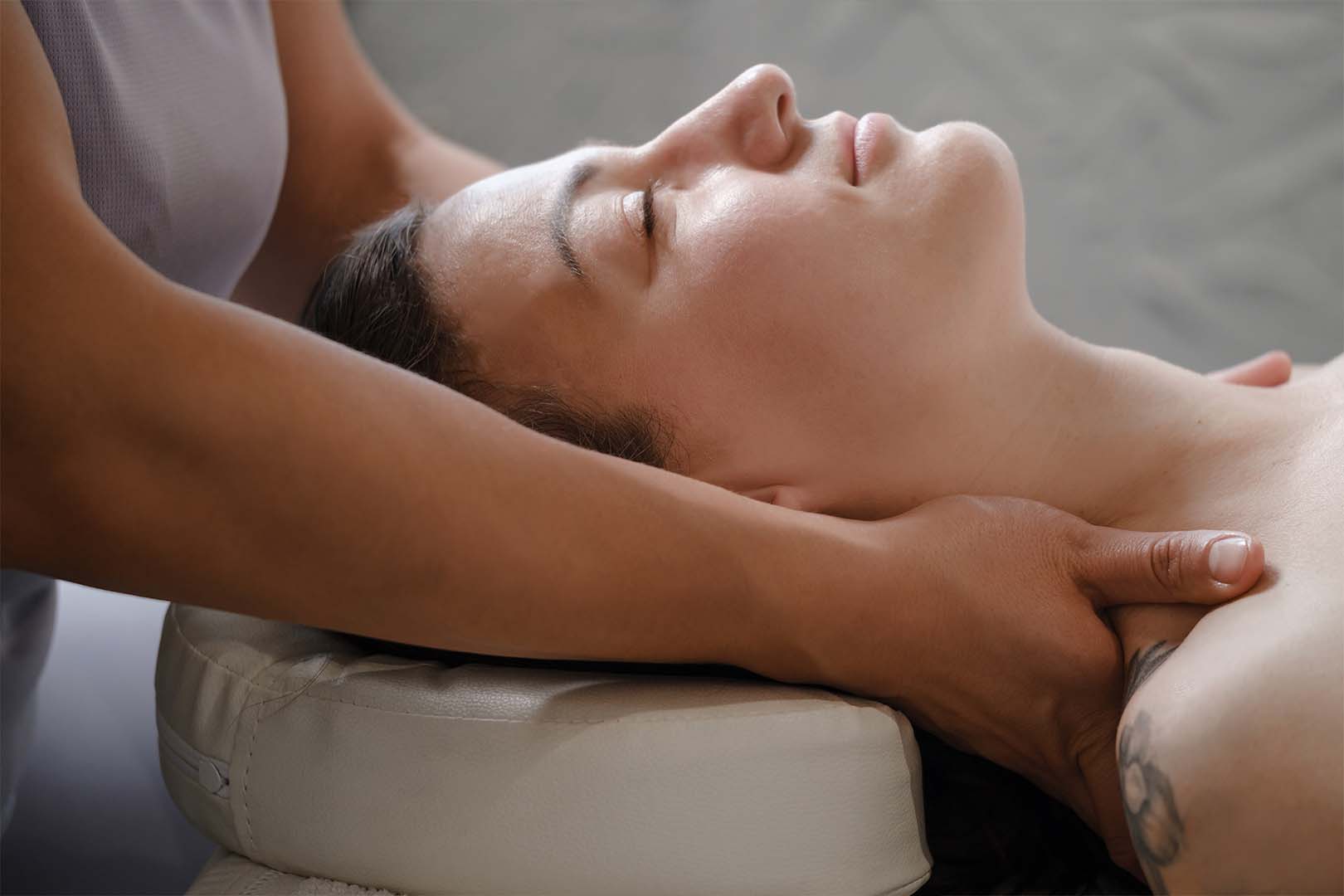When you look in the mirror, you often see a few extra millimeters here and there. Hyaluronic acid rhinoplasty is designed precisely for those millimeters: to correct minor unevenness, straighten the bridge, soften the tip, and balance the profile, without surgery and with a short recovery time. It is a precision aesthetic treatment with clear benefits when properly indicated and performed by professionals with solid training in nasal anatomy and risk management.
What is rhinoplasty and how does it work?
Rhinoplasty does not “shrink” the nose or correct a deviated septum. The principle is volumetric: injecting hyaluronic acid into specific areas to rectify angles, camouflage asymmetries, and improve contour. Hyaluronic acid is a biocompatible, temporary gel that can be modeled on the spot and, if necessary, reversed with hyaluronidase. The effect is immediately visible, and the goal is not to create a “new nose,” but rather a nose that is more consistent with the face.
For whom does it make sense and where are the limits?
Frequent indications include a small hump on the bridge that is concealed when straightening the line, irregularities after rhinoplasty, a slightly drooping tip that benefits from support, and slight asymmetries. Where it does not make sense: overall width reduction, very large noses that require tissue removal, correction of nasal obstruction, or extensive structural redefinitions. Rhinoplasty improves shape; it does not replace rhinoplasty when the need is structural or functional. Clinical evaluation sets realistic expectations and rules out cases where the gain would be minimal.
Safety first: real risks and how to avoid them
As with any procedure involving injections, there are risks. The most common are transient, such as edema, redness, and bruising. The rare but critical risk is vascular occlusion, with skin ischemia and, in extreme scenarios, loss of vision. Therefore, the technique requires mastery of anatomy, careful selection of planes and volumes, low pressure, frequent aspiration, slow injection, and monitoring of capillary refill and patient comfort. Working with hyaluronic acid allows for immediate reversal with hyaluronidase in case of suspected vascular compromise. Safe preparation includes a checklist of contraindications, clear informed consent, availability of hyaluronidase, and a written emergency protocol. It is also essential to avoid non-medical devices and practices.

What to expect from the procedure and results
The session begins with photographic planning and markings. The skin is cleaned, local topical anesthesia is used, and microdeposits are made at anchor points. The patient feels pressure, not intense pain. The result is visible immediately afterwards, with slight swelling that subsides in 24 to 72 hours. The average duration is between 9 and 18 months, varying with the product, the area, metabolism, and expressiveness. In post-rhinoplasty adjustments, microvolumes are often sufficient. The patient receives simple instructions: avoid direct pressure, heavy glasses in the first 48–72 hours, vigorous exercise on the day of the procedure, and intense heat in the first 24–48 hours. Minor asymmetries may require retouching after initial stabilization.
Who should not do it and how to make the right decision
Rhinoplasty should be postponed if there is active skin infection, severe dermatitis, active herpes, pregnancy, breastfeeding, uncontrolled autoimmune diseases, or a known history of allergy to the components. Recent use of anticoagulants increases bruising and is evaluated on a case-by-case basis. People with unrealistic expectations or who seek to “reduce” their nose overall benefit from surgical evaluation. The informed decision includes a frank comparison between rhinoplasty and surgery: the former is temporary, quick, and adjustable; the latter is permanent and corrects structures, with recovery time and risks of another nature. In many cases, the approaches complement each other at different times in the patient’s life.
Conclusion
Non-surgical rhinoplasty is a precision tool for subtle corrections and profile harmonization, with high satisfaction when the indication is right and the execution is meticulous. The benefit lies in millimeter-precise customization, predictability, and the possibility of reversal, balanced by a demanding safety policy that begins with case selection and ends with the ability to intervene quickly if something does not go as expected. If you are looking for a subtle change without surgery, the decision comes down to two simple questions: does your goal fit within the volumetric limits of hyaluronic acid, and do you have a team trained to do it safely? If the answer is yes to both, the likelihood of a good result increases substantially.
Scientific references
https://pmc.ncbi.nlm.nih.gov/articles/PMC10836581/ pmc.ncbi.nlm.nih.gov
https://pmc.ncbi.nlm.nih.gov/articles/PMC10102405/ pmc.ncbi.nlm.nih.gov
https://pmc.ncbi.nlm.nih.gov/articles/PMC8570661/ pmc.ncbi.nlm.nih.gov
https://pmc.ncbi.nlm.nih.gov/articles/PMC11379477/ pmc.ncbi.nlm.nih.gov
https://onlinelibrary.wiley.com/doi/10.1111/jocd.16147 onlinelibrary.wiley.com
https://journals.sagepub.com/doi/full/10.1089/fpsam.2023.0338



